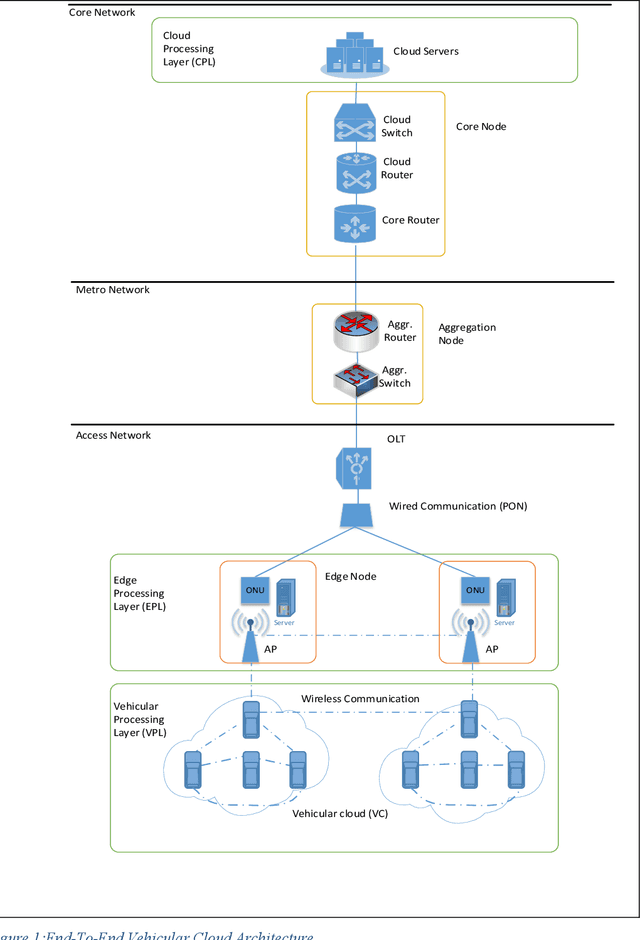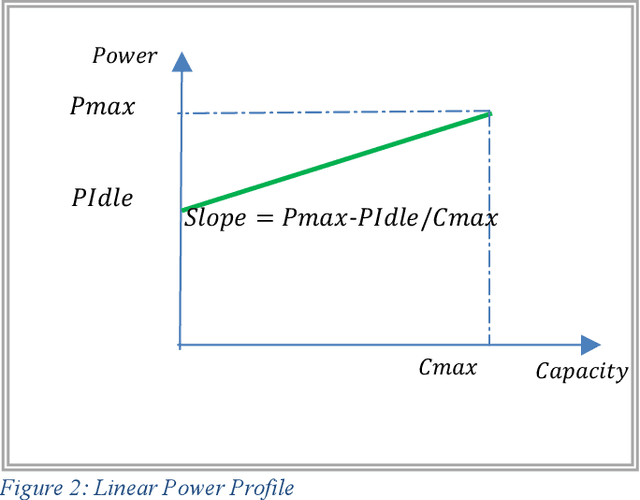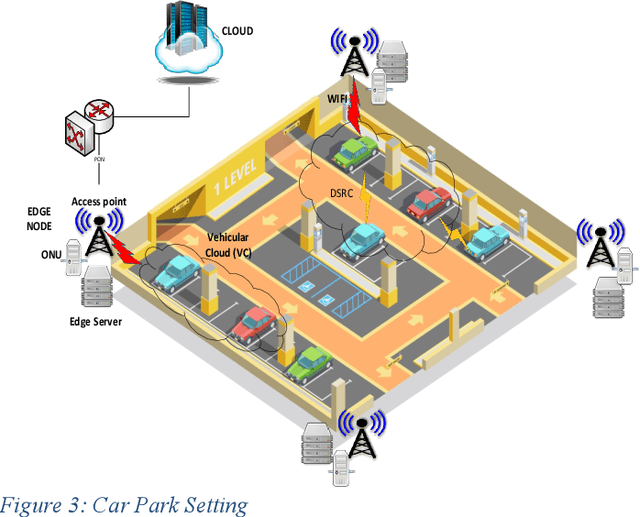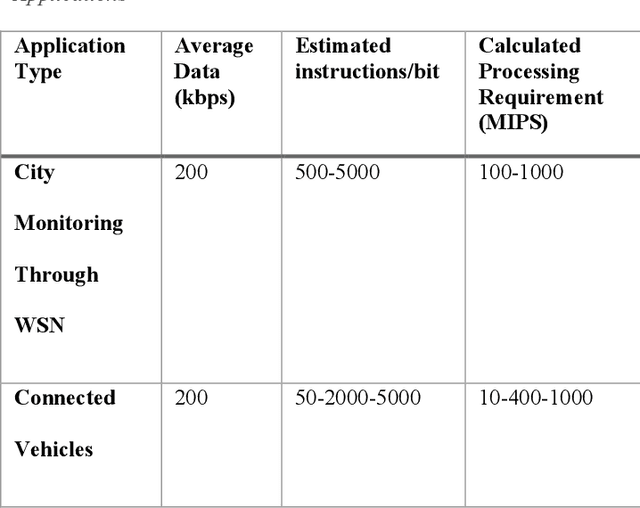Taisir Elgorashi
Energy-efficient Functional Split in Non-terrestrial Open Radio Access Networks
Aug 31, 2024Abstract:This paper investigates the integration of Open Radio Access Network (O-RAN) within non-terrestrial networks (NTN), and optimizing the dynamic functional split between Centralized Units (CU) and Distributed Units (DU) for enhanced energy efficiency in the network. We introduce a novel framework utilizing a Deep Q-Network (DQN)-based reinforcement learning approach to dynamically find the optimal RAN functional split option and the best NTN-based RAN network out of the available NTN-platforms according to real-time conditions, traffic demands, and limited energy resources in NTN platforms. This approach supports capability of adapting to various NTN-based RANs across different platforms such as LEO satellites and high-altitude platform stations (HAPS), enabling adaptive network reconfiguration to ensure optimal service quality and energy utilization. Simulation results validate the effectiveness of our method, offering significant improvements in energy efficiency and sustainability under diverse NTN scenarios.
Random Linear Network Coding for Non-Orthogonal Multiple Access in Multicast Optical Wireless Systems
May 08, 2023Abstract:Optical Wireless Communication networks (OWC) has emerged as a promising technology that enables high-speed and reliable communication bandwidth for a variety of applications. In this work, we investigated applying Random Linear Network Coding (RLNC) over NOMA-based OWC networks to improve the performance of the proposed high density indoor optical wireless network where users are divided into multicast groups, and each group contains users that slightly differ in their channel gains. Moreover, a fixed power allocation strategy is considered to manage interference among these groups and to avoid complexity. The performance of the proposed RLNC-NOMA scheme is evaluated in terms of average bit error rate and ergodic sum rate versus the power allocation ratio factor. The results show that the proposed scheme is more suitable for the considered network compared to the traditional NOMA and orthogonal transmission schemes.
Power Minimization in Vehicular Cloud Architecture
Feb 17, 2021



Abstract:Modern vehicles equipped with on-board units (OBU) are playing an essential role in the smart city revolution. The vehicular processing resources, however, are not used to their fullest potential. The concept of vehicular clouds is proposed to exploit the underutilized vehicular resources to supplement cloud computing services to relieve the burden on cloud data centers and improve quality of service. In this paper we introduce a vehicular cloud architecture supported by fixed edge computing nodes and the central cloud. A mixed integer linear programming (MLP) model is developed to optimize the allocation of the computing demands in the distributed architecture while minimizing power consumption. The results show power savings as high as 84% over processing in the conventional cloud. A heuristic with performance approaching that of the MILP model is developed to allocate computing demands in real time.
 Add to Chrome
Add to Chrome Add to Firefox
Add to Firefox Add to Edge
Add to Edge